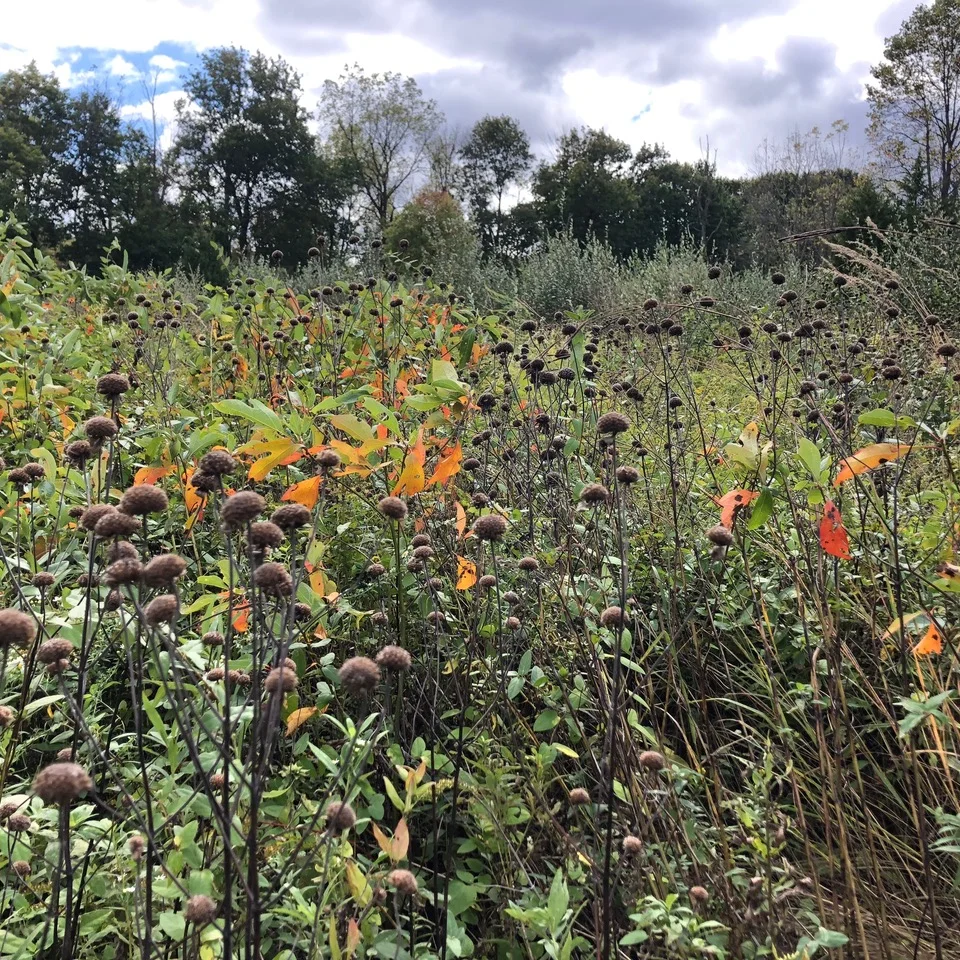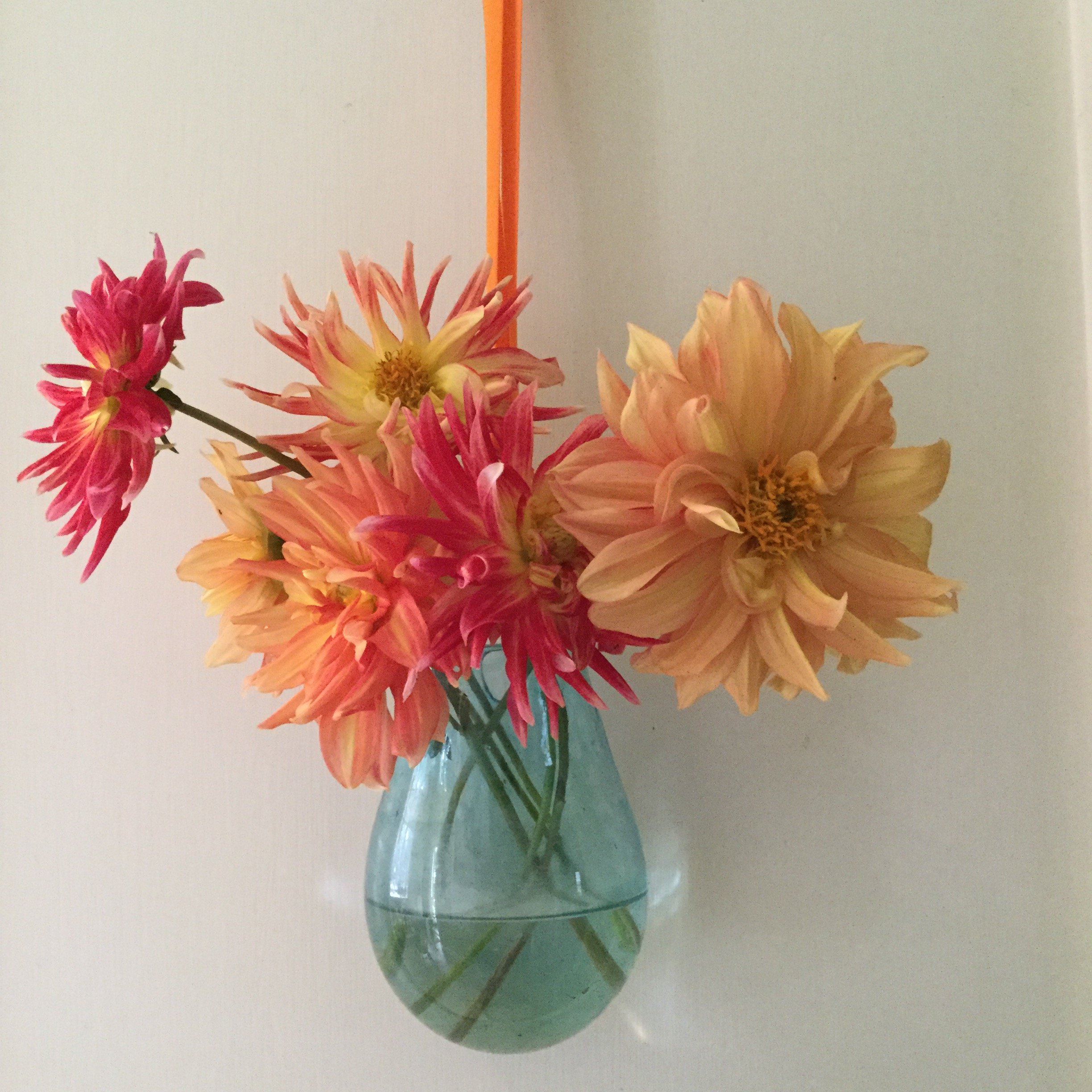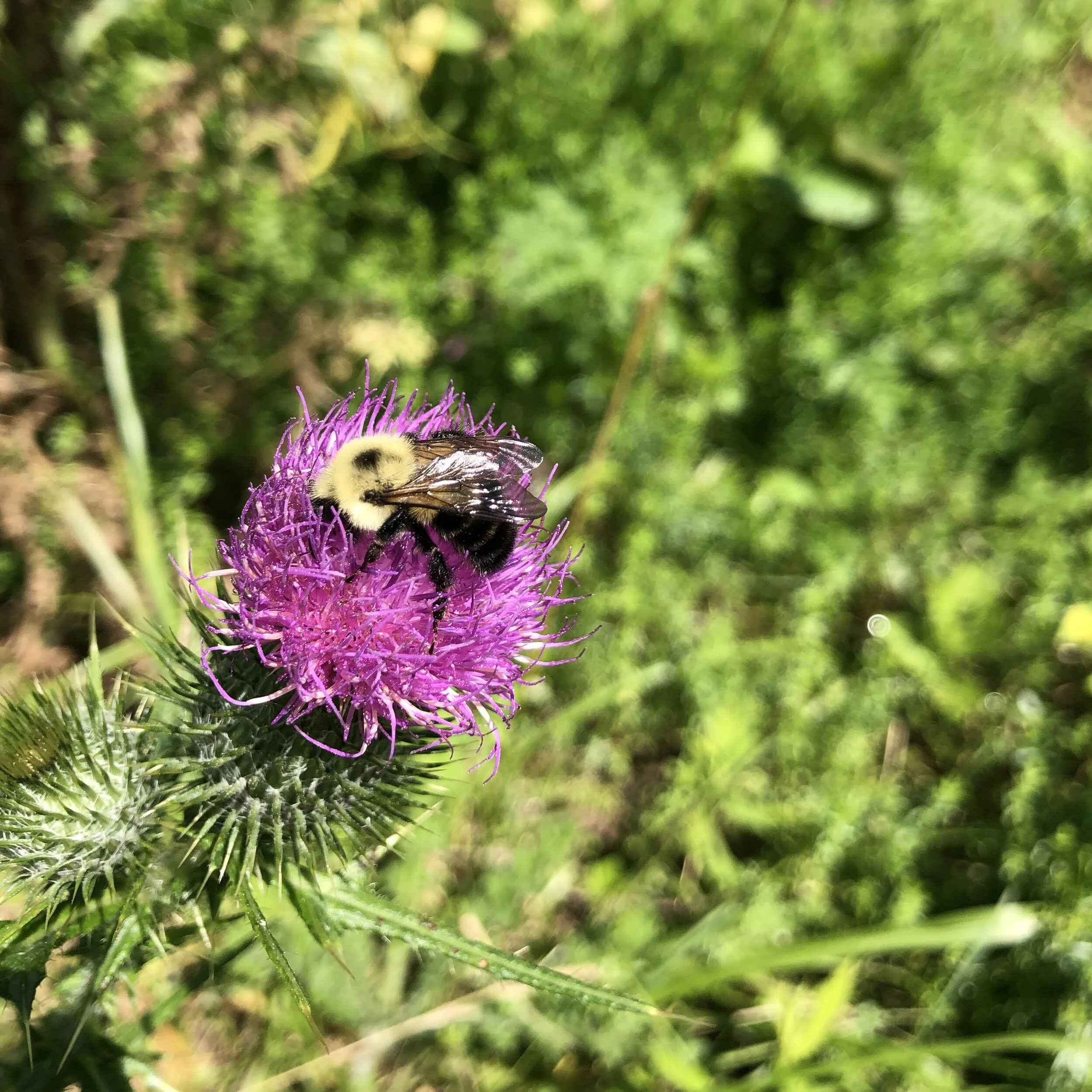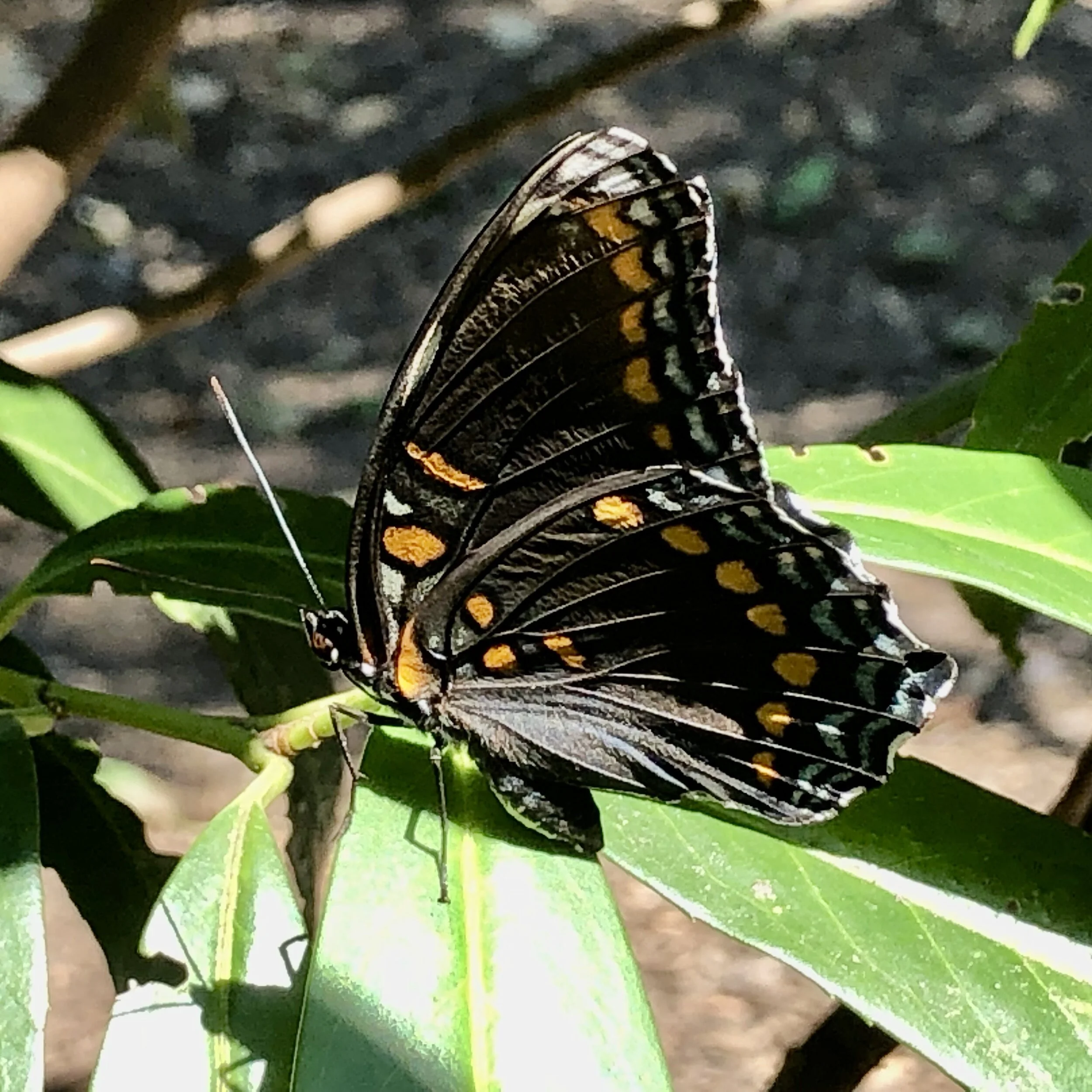What does your home landscape have to do with climate change, species loss and suburban ecology? Plenty. Our home landscapes are mini eco-systems. Ecosystem you say? Yes, that’s the tiny microcosm in your own yard that supports life; the beginning of the food web for insects, bees, and caterpillars up through birds and small mammals. (Your yard can also replenish oxygen, sequester carbon, recharge and filter groundwater and moderate weather extremes, but all that for another day.)
Suburban Ecology - What You Can Do
Most of us enjoy our gardens, but there’s a lot you can do to make your garden and landscape more friendly to our ecosystem. You see, the pollinators not only ensure we have food to eat but they also ensure that your shrubs set fruit, which the birds are going to need in the fall. By increasing your backyard biodiversity, you are playing a big role in combating species loss. What this means for our home gardens is that we need to plant more variety and more natives. Eliminating all or most of the lawn in your front yard is also a great way to invite more wildlife to your home. And let’s face it, most suburban front yards aren’t large enough to be useful play areas anyway.
Suburban Ecology - Planting more native plant and flowers
I am a landscape architect with an environmental science background. I love good design, but I want to practice it in harmony with the world around me. At my house we removed our front lawn 20 years ago and heavily planted it. Then we moved to the back and slowly over time, much of my lawn there is disappearing too. As I continually bring home new plants to try out, I inadvertently increased the biodiversity of my own yard. From a sterile green lawn, to a plot with many trees, evergreens, shrubs and perennials. So many layers create many chances for life. My yard these days is teaming with birds, pollinators, and bugs. And I enjoy them all.
Suburban Ecology - One of the many moths in my garden
How We Can Make a Difference With Suburban Ecology?
We are in precarious times, and sometimes feel we cannot make a difference. What can one person do? How can what I do at home make a difference? I’m here to tell you, it can, you can with a little suburban ecology. While we wait for the politicians to do nothing, we can each do something that, collectively, is a lot.
For example, since the 80’s, Monarch butterfly numbers plummeted by 90%. That’s a shocking number. But this year their numbers are climbing up. I’m sure you’ve seen some this fall. This happened all because a call went out to you and me to plant more milkweed, the only plant they lay their eggs on. Homeowners, as well as D.O.T.’s in all 50 states planted milkweed like crazy, and guess what? We did it. And this year their numbers are up, by 300% since 2014! So yes suburban homeowners can make a difference. In fact, we have to.
Right now, all our pollinators are in decline. Pesticides are a big factor. While honeybees are a big part of food crop pollination, bumblebees are hugely important pollinators in our ecosystems; they are helping plants reproduce. Plants and insects evolved together in a symbiotic relationship, where each is served.
Suburban Ecology - Bee pollinating a plant
Of the hundreds of species of bombus (bumblebees), they can be categorized into three different tongue lengths. Why is this important? Well the long tongue bees are in most danger, so we should be thinking of plantings with tubular flowers so they can get the nectar they need, and different plants for their pollen. (See Beecology Project here - https://beecology.wpi.edu/website/home).
Suburban Ecology - Your Yard
So back to your yard. Think of it as a mini ecosystem, and what you can do to enhance it. It will reward you in spades, I promise. Planting more natives is a good place to start.
With 75 million suburban homes in the United States (146,000 in Morris County), imagine what would happen if every homeowner did just one or two things to make their landscapes more diverse. Suburban ecology. Let’s do more.
If you have any questions or anything to add about suburban ecology please comment below. I would love to hear!
Carolle
Keep up-to-date with my garden and projects on Instagram



















